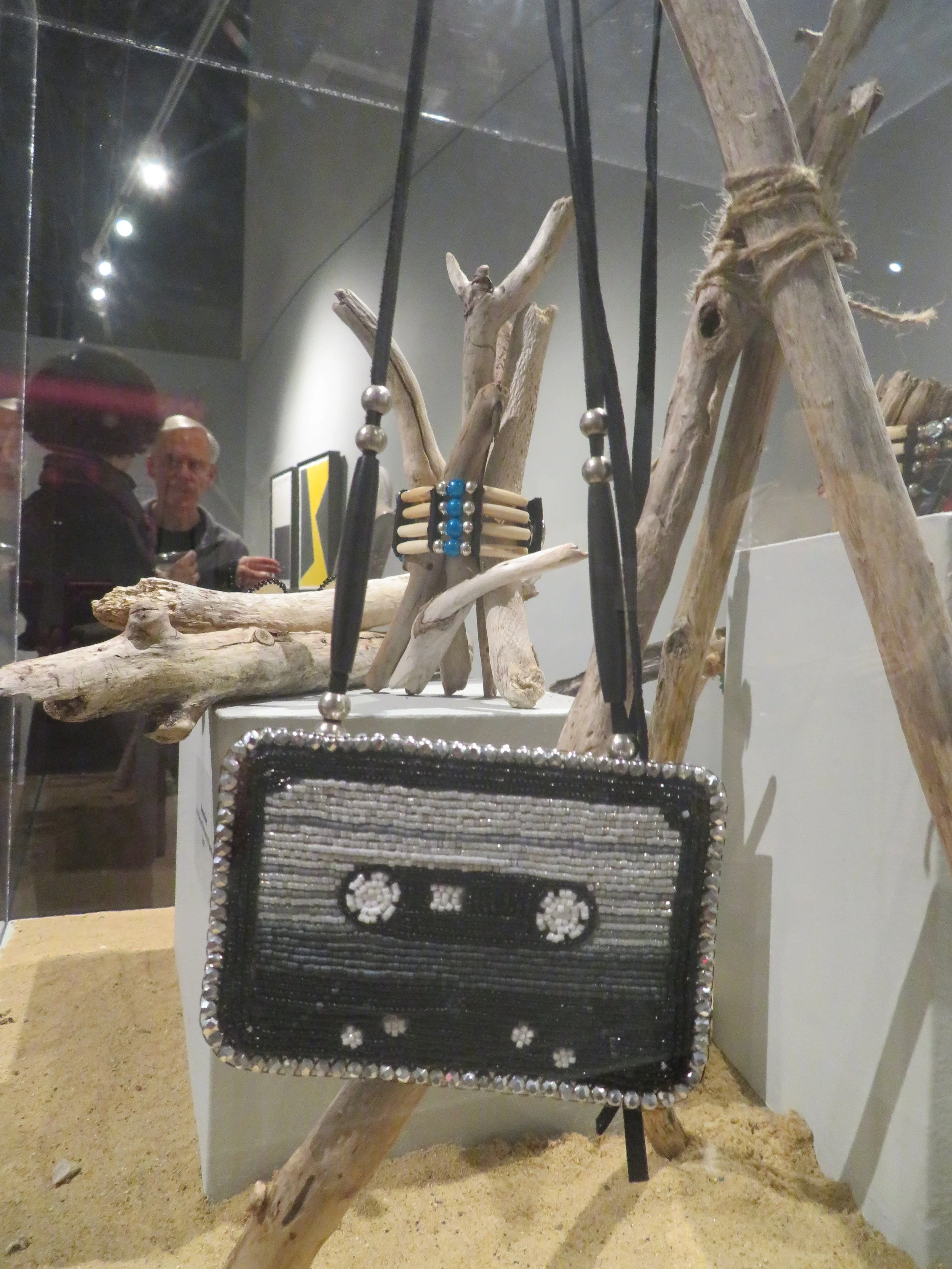Sunday we did that thing we do here, again, taking time to draw closer to nature’s heart and wash our spirits clean. This day of practice in nature included a restorative yoga class, several grounding meditations and a ritual purification ceremony designed to scour one’s proverbial clock. The result was and I'm happy to say still is a tangible sense of tranquility. Maybe some tears were shed, along with bits of the things that burden us - psychically, mentally, spiritually - If only for a time, until we do it again. And again. It's an act of renewal at the deepest, most inborn level, in a way related to and inspired by the daily regeneration of nature itself.
Unplugging from everyday reality an hour or two from the big city was a new group of friends from Chicago, allied themselves in an effort to help and heal others. The exceptional, compassionate and highly trained therapists of Midwest Counseling and Diagnostic Center were in the house, and the warmth humor and integrity they apply in their practice was evident. Many thanks to Amy, Danielle, Joy, Rachel, Rose, and Sarah. And a special thanks to Mimi, who inspired the circle to come together after having visited in May. Mimi's triumphant return also affirmed my diabolical little plan, my Template de Tunkashila, that of providing an extraordinary experience out in nature for one person, who then goes back and tells others, and so on and so on. Sorta like the old 80’s Faberge Organics shampoo commercial, but at a slightly different level. Thanks also to Tanya Eaton of our town of South Haven’s local Wellness Center, who lead the standout restorative yoga class.
Of nature, writer John Updike, said: “Dreams come true; without that possibility, nature would not incite us to have them.” After our experience this weekend, sensing the stillness that’s still all around and about, witnessing the river Beavers confidently downing scarlet, amber and golden trees daily, left and right, I would have to agree, wholeheartedly. We’ll be doing it again Sunday November 12th, as the fruits of the Fall season are pressed to ripeness, and hope you’ll join us.





